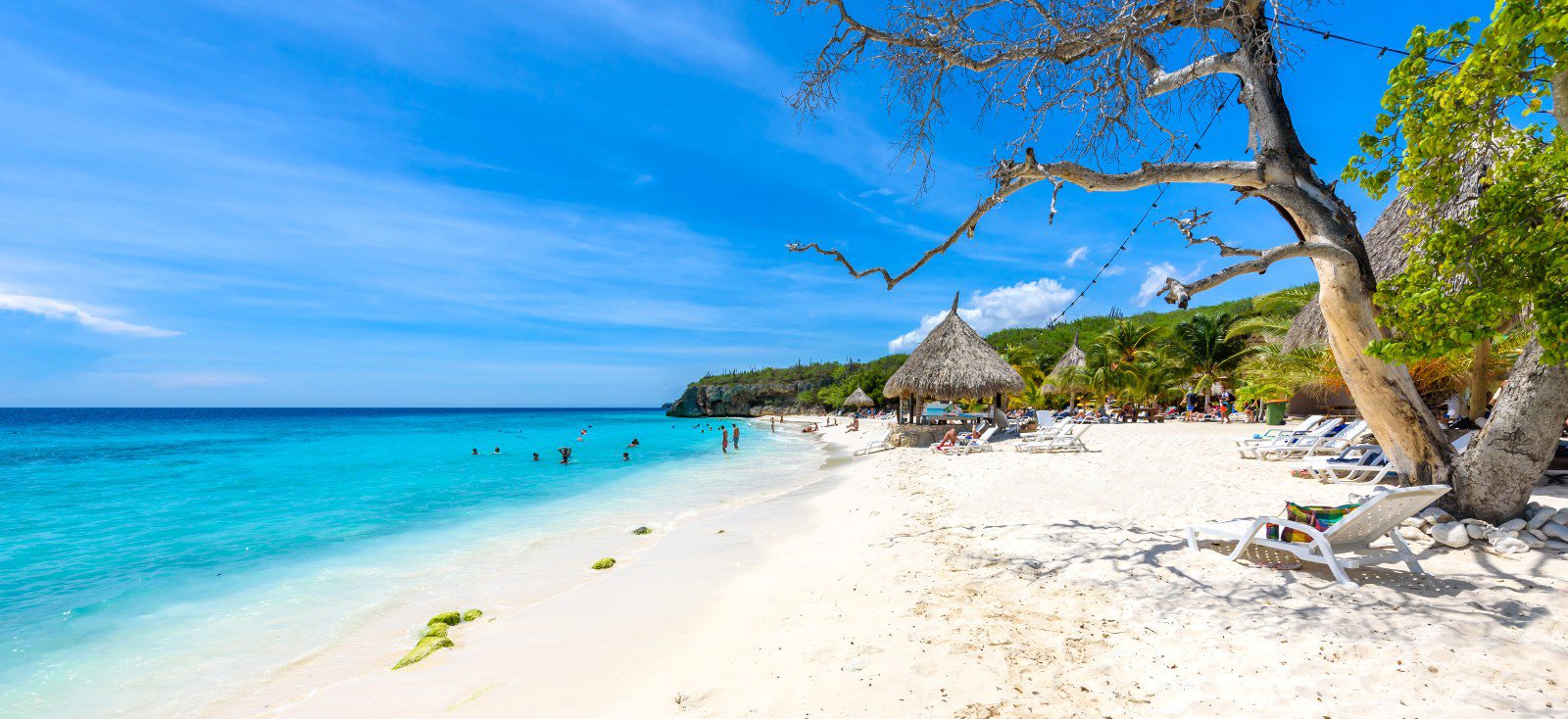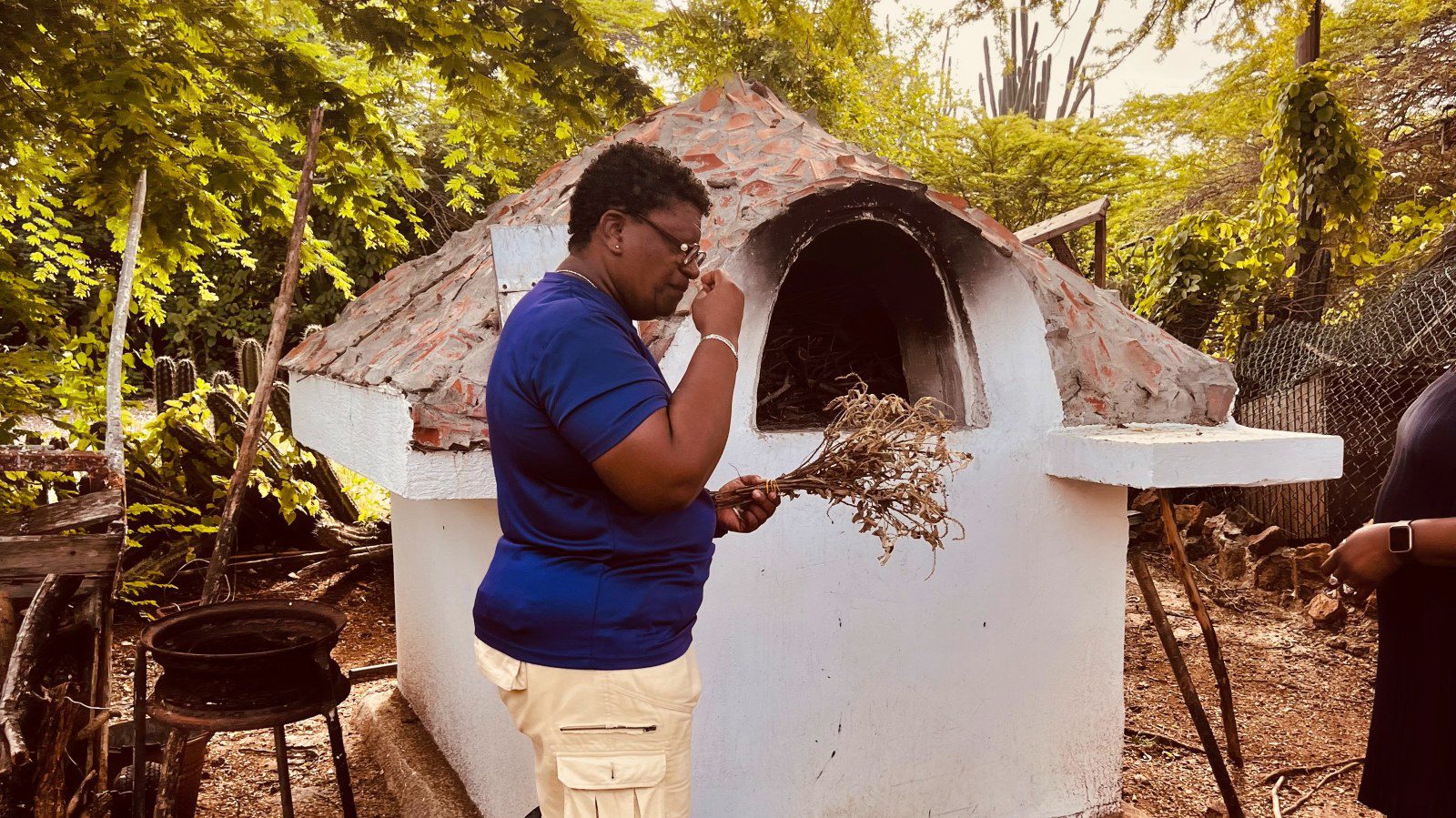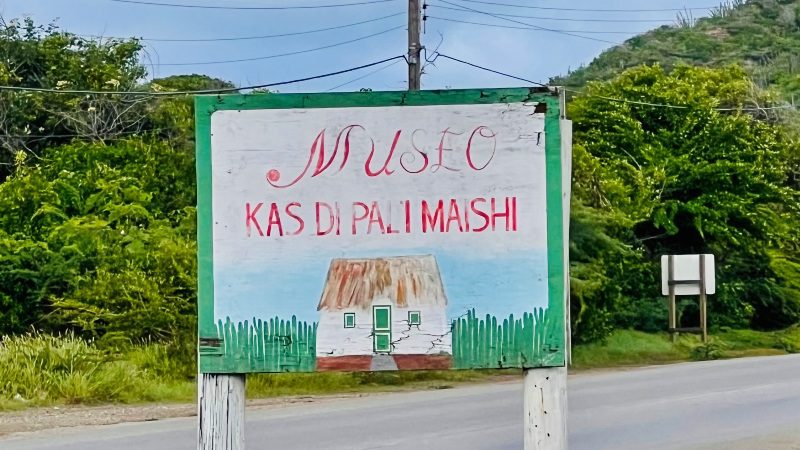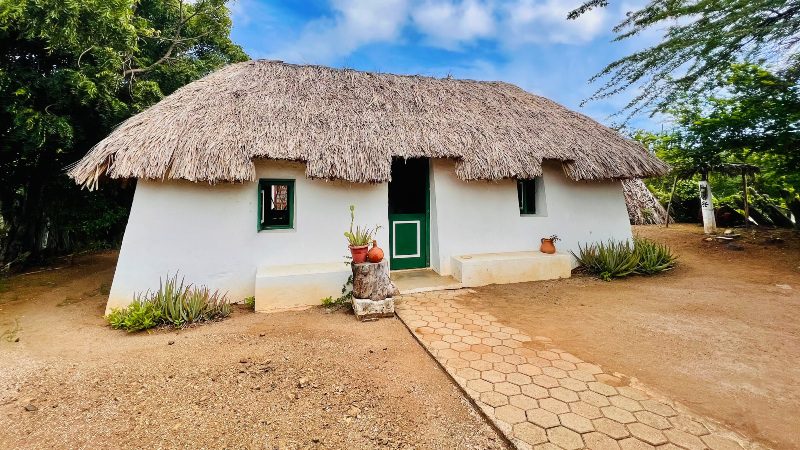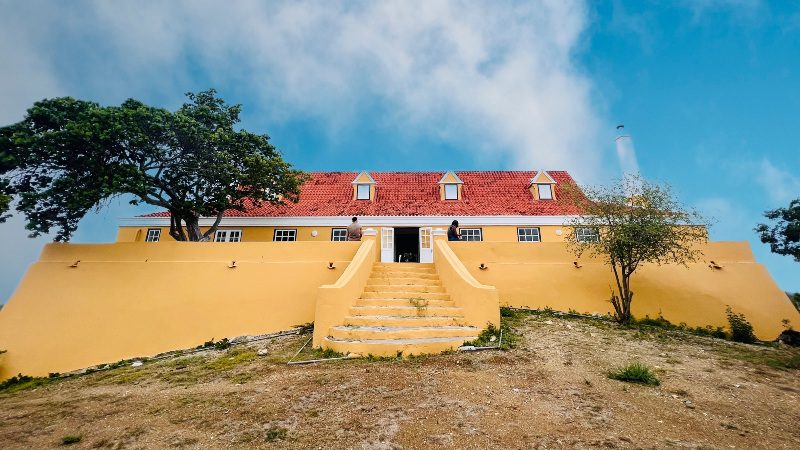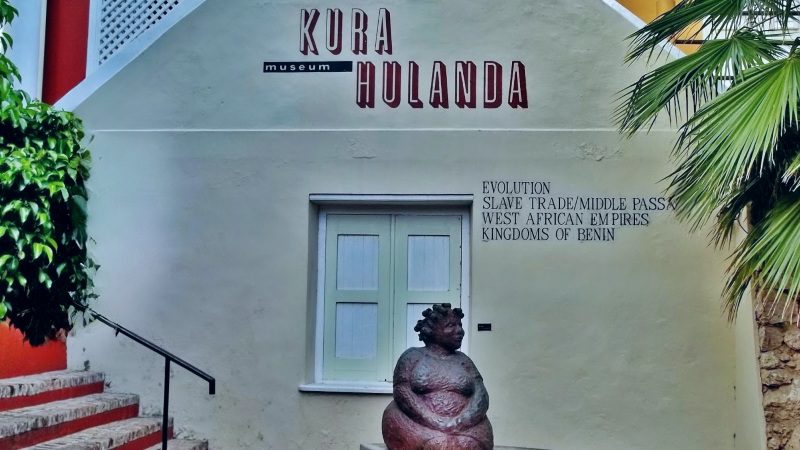Of course you come to Curaçao because of “sun, sea & beach,” but Curaçao is so much more than that! Do you also enjoy fully immersing yourself in the history, culture and/or nature of your vacation destination? And do you want to not only completely unwind, but also learn something? Then Curaçao is the destination for you.
Rich history and culture
Curaçao is home to a huge number of nationalities, and this is immediately evident in the local language. Papiamentu is a combination of Portuguese, Spanish, Dutch, Afrikaans, English and Arowak languages. A mix of many nationalities ensures that Curaçao has an interesting culture, as well as a rich history. For example, you can visit many mansions on the island to learn a bit about its history, and the slave past is also still well reflected. Open Air Museum Kas di Pal’i Maishi is a must visit if you want to learn about ancient customs and rituals here on Curaçao. But the Slavery Museum in Otrobanda is also very interesting. Want to learn about local artists and perhaps purchase some art for your home? Then go to Countryhouse Bloemhof or Countryhouse Jan Kok. Or read more in this blog about Curacao country houses.
Discovering the city
There are many ways you can learn about Curaçao’s history and culture. Thus, in addition to visiting museums and country houses, you can choose to join a city tour with Jacqueline. She can tell you all about the history of the neighborhoods (Punda, Otrobanda, Scharloo and Pietermaai) and she is tremendously passionate about the island.
If you prefer to discover (one of) these neighborhoods on your own and in a playful way, play the Escape Game and try to solve all the puzzles as quickly as possible while also learning a little about the city and street art.
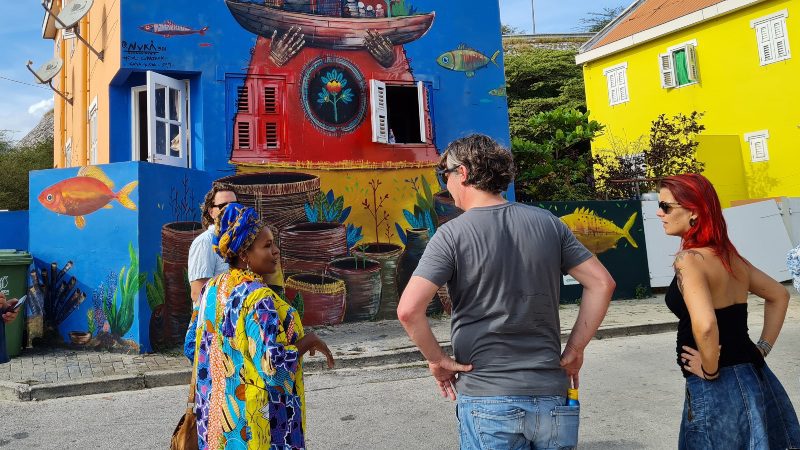
Curaçao cuisine
Local food is hugely accessible with the Truck’i Pans you’ll find all over Curaçao. These are roadside food trucks that usually open later in the evening. You’ll encounter a lot of chicken, beef, fish and goat on the menu. This is prepared in various ways, but stobá (stew) is very popular. Want to try something different for once? Then you can also eat iguana in Curaçao, a true local delicacy. For the vegetarians among us, local snacks or snacks such as Johnny cakes, pastechis and batidos are also accessible. Johnny cakes are deep-fried flatbreads that often have cheese on them. Pastechis are patties usually filled with minced meat, but are also very tasty with cheese. Craving something refreshing? Batidos are delicious freshly made shakes of crushed ice, milk and fruit of your choice.
If you want to explore the city and get to know the rich Curaçao cuisine, join the Local Food Walk: a beautiful walk through Otrobanda along history & street art, with several stops for local dishes, prepared according to traditional recipes by ladies from the neighborhood.
Parks and caves
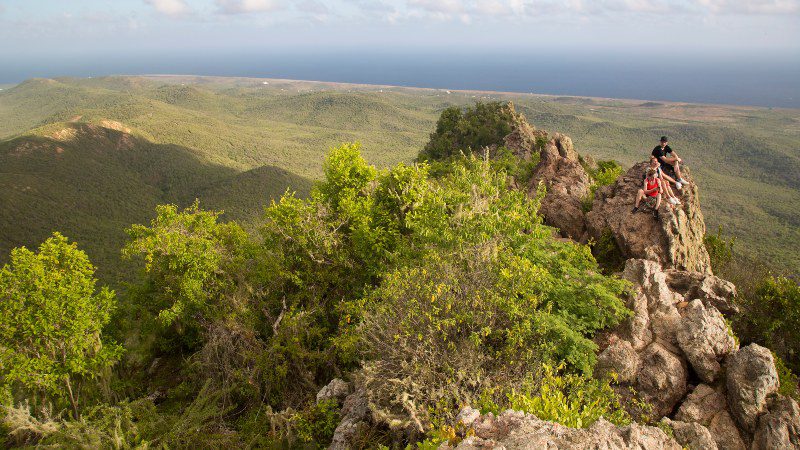
Curaçao was originally formed from volcanic rock. This can still be seen in the vegetation and soil. You can learn a lot about the origins of Curaçao if you go to the Hato Caves on the north side of the island, near the airport. The guides here are happy to lead you around the upper and underground caves. Toward West Point you will find the Christoffel Park, a national park that includes Mount Christoffel. For many, climbing this mountain is on the to-do list during a vacation in Curaçao. There are an always hike trails through the park all the way to National Park Shete Boka, but you can also drive through the park by car or book a guided Jeep safari. Together with a park ranger, of course, you will learn the most. For a combination between all these sights, you can also book an Offroad Jeep Tour, where you sit comfortably on the back of a large truck to get a good look at everything.
If you do want to explore Curaçao’s nature but don’t feel like the “beaten path” in one of the parks, join one of Ingrid’s hiking tours.
Carnival
Music and dancing are part of Curaçao culture. If you like a party and music, the annual Carnival is also a great way to get a taste of Curaçao’s local culture. From about mid-January to mid-February, you have all kinds of festivities including the famous Carnival parades. During these parades, Antilleans walk, dance and ride through the streets of Curaçao in beautiful costumes, to festive Tumba music and with beautiful floats. You can stand for free along the carnival routes and enjoy all the beauty that passes by.
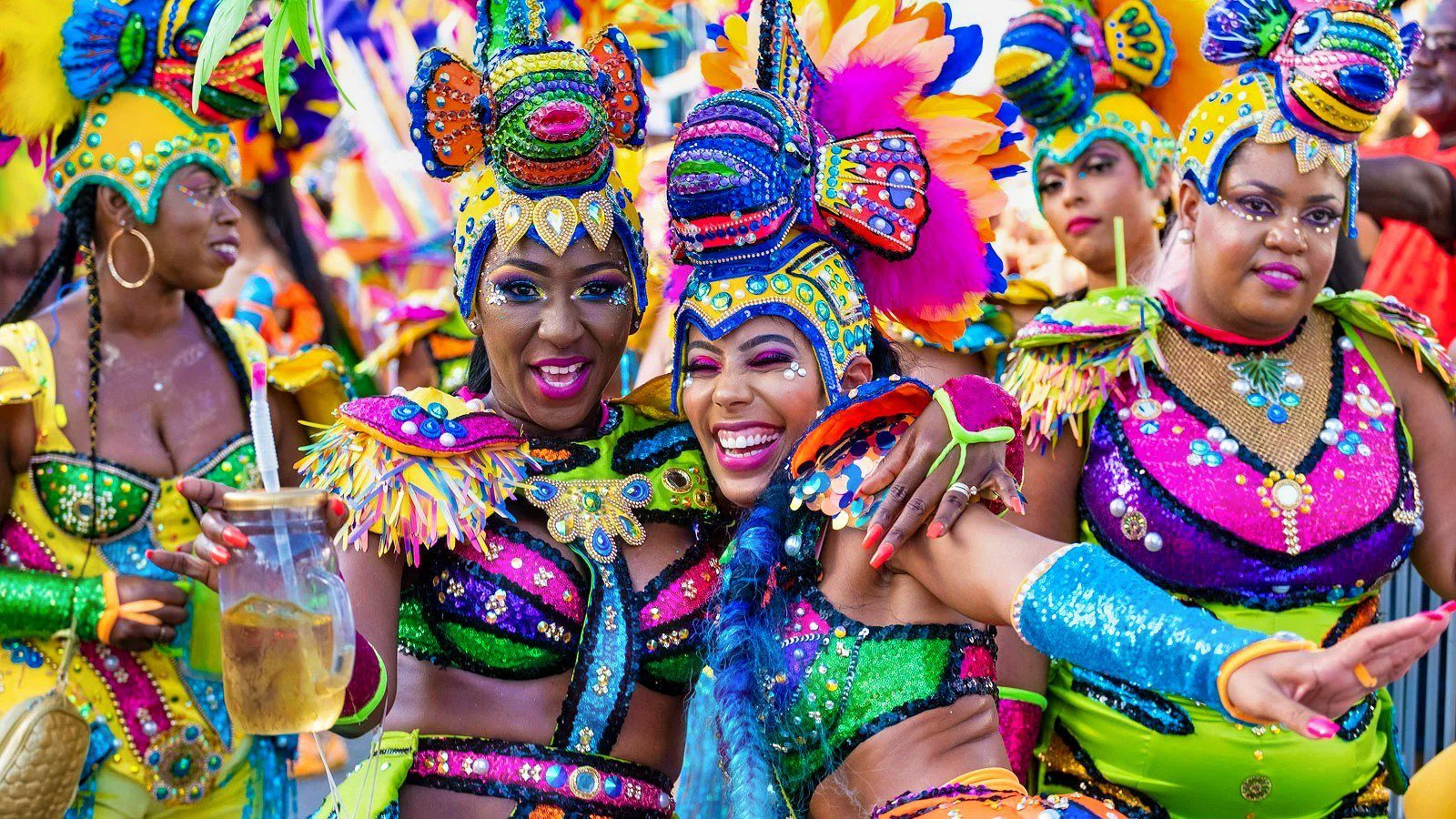
Really getting to know Curaçao
All these sights, festivities and excursions give you the chance to really get to know Curaçao. But a very important part, perhaps the most important part, is of course the local people. Curaçaoans are hospitable and love to talk about their island. So don’t be shy and also ask locals about their favorite places, rituals, foods and experiences. Then we’re sure you’ll get to know Curaçao culture in no time, and see that Curaçao has so much more to offer than just sun, sea & beach. But of course, that too is a wonderful argument for leaving for Curaçao soon!
